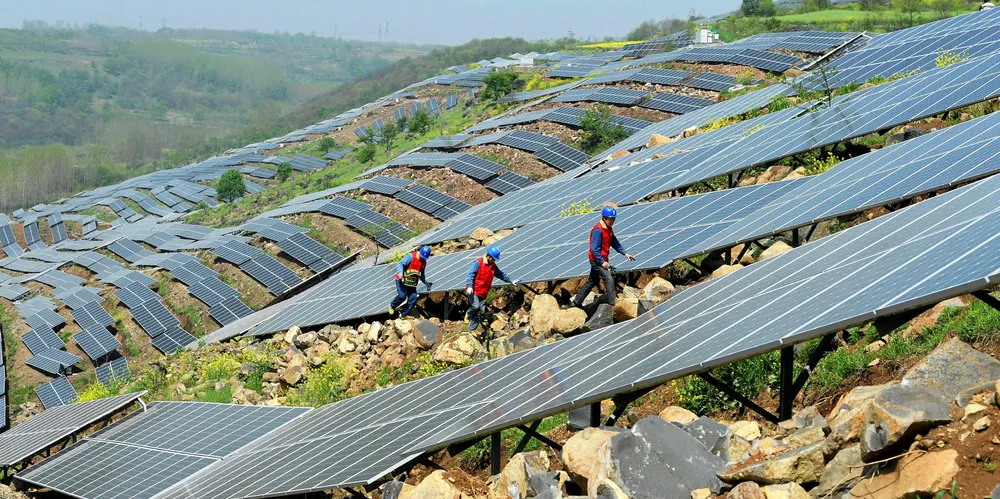‘Solar growth to shift to inland China again as support phased out‘
Utility-scale projects inland will dominate the PV expansion through 2028 as curtailment eases, Fitch Solutions says

Utility-scale projects inland will dominate the PV expansion through 2028 as curtailment eases, Fitch Solutions says
